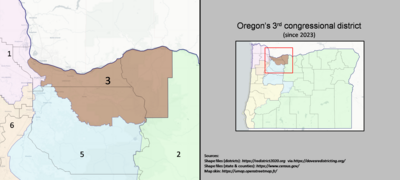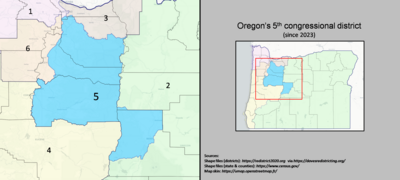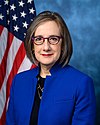Since Alaska became a U.S. state in 1959, it has sent congressional delegations to the United States Senate and United States House of Representatives. Each state elects two senators to serve for six years, and member(s) of the House to two-year terms. Before becoming a state, the Territory of Alaska elected a non-voting delegate at-large to Congress from 1906 to 1959.
Since Arizona became a U.S. state in 1912, it has sent congressional delegations to the United States Senate and United States House of Representatives. Each state elects two senators to serve for six years, and members of the House to two-year terms. Before becoming a state, the Arizona Territory elected a non-voting delegate at-large to Congress from 1864 to 1912.
These are tables of congressional delegations from New York to the United States House of Representatives and the United States Senate.
Since Arkansas became a U.S. state in 1836, it has sent congressional delegations to the United States Senate and United States House of Representatives. Each state elects two senators to serve for six years, and members of the House to two-year terms. Before becoming a state, the Arkansas Territory elected a non-voting delegate at-large to Congress from 1819 to 1836.
Since Florida became a U.S. state in 1845, it has sent congressional delegations to the United States Senate and United States House of Representatives. Each state elects two senators to serve for six years, and members of the House to two-year terms. Before becoming a state, the Florida Territory elected a non-voting delegate at-large to Congress from 1822 to 1845.
Since Kentucky became a U.S. state in 1792, it has sent congressional delegations to the United States Senate and United States House of Representatives. Each state elects two senators to serve for six years, and members of the House to two-year terms.
Since Colorado became a U.S. state in 1876, it has sent congressional delegations to the United States Senate and United States House of Representatives. Each state elects two senators to serve for six years, and members of the House to two-year terms. Before becoming a state, the Colorado Territory elected a non-voting delegate at-large to Congress from 1861 to 1876.
Georgia became a U.S. state in 1788, which allowed it to send congressional delegations to the United States Senate and United States House of Representatives beginning with the 1st United States Congress in 1789. Each state elects two senators to serve for six years, and members of the House to two-year terms.
Since Idaho became a U.S. state in 1890, it has sent congressional delegations to the United States Senate and United States House of Representatives. Each state elects two senators to serve for six years, and members of the House to two-year terms. Before becoming a state, the Idaho Territory elected a non-voting delegate at-large to Congress from 1864 to 1890.
These are tables of congressional delegations from Vermont to the United States Senate and United States House of Representatives.
These are tables of congressional delegations from South Dakota to the United States Senate and United States House of Representatives.
Since Montana became a U.S. state in 1889, it has sent congressional delegations to the United States Senate and the United States House of Representatives. Each state elects two senators to serve for six years. Before the Seventeenth Amendment took effect in 1913, senators were elected by the Montana State Legislature. Members of the House of Representatives are elected to two-year terms, one from Montana's at-large congressional district. Before becoming a state, the Territory of Montana elected a non-voting delegate at-large to Congress from 1864 to 1889.

These are tables of congressional delegations from Nebraska to the United States House of Representatives and the United States Senate.
These are tables of congressional delegations from Maine to the United States Senate and United States House of Representatives.
These are tables of congressional delegations from Rhode Island to the United States Senate and United States House of Representatives.
These are tables of congressional delegations from New Hampshire to the United States Senate and United States House of Representatives.
Since Iowa became a U.S. state in 1846, it has sent congressional delegations to the United States Senate and United States House of Representatives. Each state elects two senators to serve for six years, and members of the House to two-year terms. Before becoming a state, the Iowa Territory elected a non-voting delegate at-large to Congress from 1838 to 1846.
Since Kansas became a U.S. state in 1861, it has sent congressional delegations to the United States Senate and United States House of Representatives. Each state elects two senators to serve for six years, and members of the House to two-year terms. Before becoming a state, the Kansas Territory elected a non-voting delegate at-large to Congress from 1854 to 1861.

These are tables of congressional delegations from Michigan to the United States House of Representatives and the United States Senate.

These are tables of congressional delegations from Missouri to the United States House of Representatives and the United States Senate.
This page is based on this
Wikipedia article Text is available under the
CC BY-SA 4.0 license; additional terms may apply.
Images, videos and audio are available under their respective licenses.
















